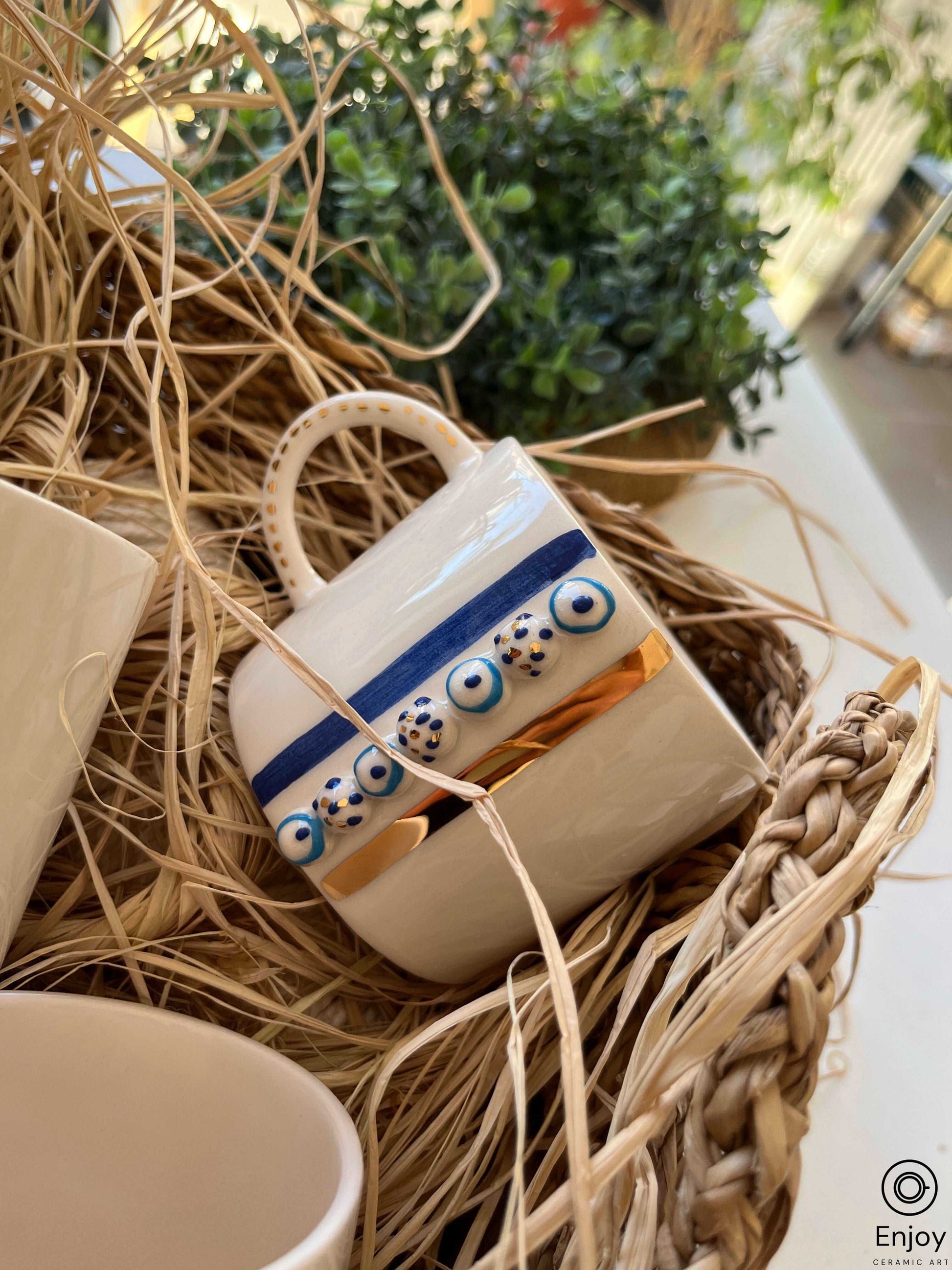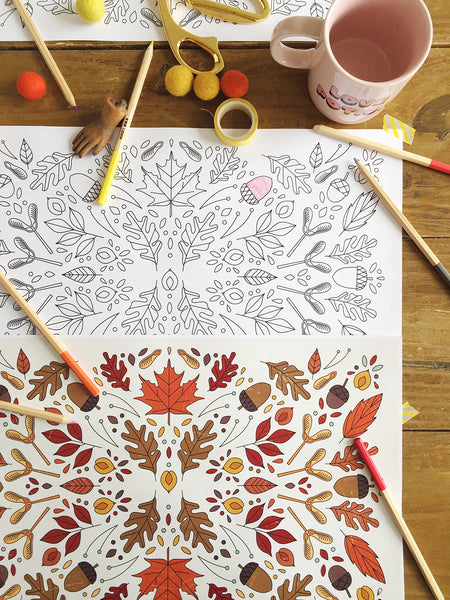The 8-Minute Rule for Unique Art
The 8-Minute Rule for Unique Art
Blog Article
4 Simple Techniques For Unique Art
Table of ContentsNot known Details About Unique Art Unique Art Things To Know Before You Get ThisThe Ultimate Guide To Unique ArtSome Known Details About Unique Art
While one could debate which art type holds priority, the truth continues to be that each of these seven forms offers an one-of-a-kind window right into human history, society, and evolution. They are the tapestries that chronicle our journey, reminding us of our past while inspiring visions for the future.Fantastic art work tells a story, makes individuals look two times, and produces an one-of-a-kind experience that can not be matched. Art and images connect all of that with shade, form and various other design components. Discover exactly how to make your unique art work stand out from the group.

8 TRIA GIOVANEqual parts grand and laidback, this entrance hall developed by Anthony Baratta is the perfect plan to comply with if you're embellishing an official entrance that still feels unfussy and comfortable. Formed textiles take spotlight (see the carpetings and the sofa), but they likewise aid bring the high ceilings down to a human scale when hung over wallpaper.
The Unique Art PDFs
18 Heidi Caillier DesignA gallery wall surface does not require to occupy the entire room. Actually, sometimes a small one can make a bigger design statement. In this living space, Hiedi Caillier chose for micro-mini frames and an arbitrary composition. Ad - Continue Analysis Below19 Stephen Kent JohnsonDesigner Juan Carretero decided for a deep green paint shade to contrast with the light wood coatings.
, the expression of ideas and emotions, with the creation of certain aesthetic qualities, in a two-dimensional visual language. The aspects of this languageits shapes, lines, colours, tones, and texturesare used in various ways to generate experiences of volume, space, movement, and light on a flat surface. These elements are integrated right into expressive patterns in order to stand for genuine or superordinary phenomena, to analyze a narrative motif, or to develop completely abstract visual connections.
Later the concept of the "great musician" developed in Asia and Renaissance Europe. Throughout the 19th century painters in Western societies began to shed their social placement and safe patronage.
All about Unique Art
Others earned an earnings with exploring events of their job. The demand to interest an industry had actually replaced the comparable (if less impersonal) needs of patronage, and its impact on the art itself was most likely similar as well. Usually, artists in the 20th century might reach an audience just through business galleries and public museums, although their job may have been sometimes duplicated in art periodicals.

Do not copy the style of other musicians if you're trying to discover your style. Copying various other people's art work can be great in academic purposes but it will not make you closer to locating your own distinct style. Your artistic style has to be, what you like and what motivates you.
I would certainly believe of your own design as a style you paint in naturally, when you allow go of all thoughts and regulations and just concentrate on painting, not thinking of it. Unique Art. The design needs to come normally to you when you are relaxed and you can't require it or it will not be your very own design, just someone else's
The Buzz on Unique Art

With time you'll have the ability to arrange all of them into your favored and the very least preferred categories. Attempt to focus your attention on the subjects and tools that you like and before you see their explanation it coming you'll have your very own individual and special style, like no one else have! In the end you'll have a couple of favorite subjects to paint and maybe a few favored tools.
The design has to develop itself over time with a whole lot of method and experiments - Unique Art. Thank you for reading this article and if you have any concerns leave them in the comments below, I 'd enjoy to address these
Report this page